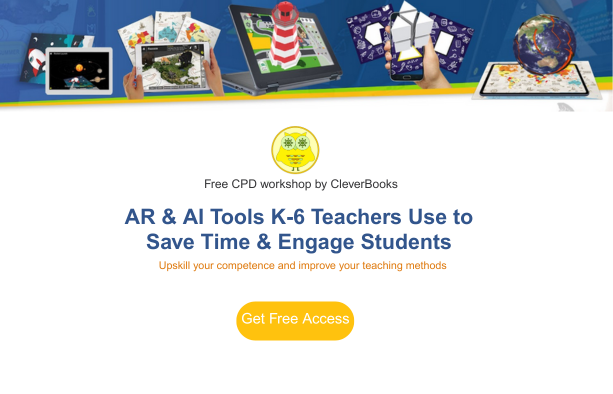Imagine your classroom transforming into a gateway to space, where young learners can explore planets, design rockets, and even build their own colonies on the Moon or Mars. With Augmented Classroom (ARC), this imaginative journey becomes an interactive and highly engaging learning experience for 1st and 2nd graders.
Exploring the Solar System isn’t just about memorizing planet names—it’s an opportunity to spark curiosity, creativity, and collaboration in the youngest scientists in your classroom.
Why Explore the Solar System in Early Grades?
Children are naturally fascinated by space. Introducing concepts like planets, rockets, and space colonies allows them to connect abstract ideas to concrete, interactive experiences. Engaging with the Solar System at this age fosters observational skills, critical thinking, and a sense of wonder that can stay with them for years.
Using AR to explore these concepts gives students a hands-on way to see and interact with celestial objects and spacecraft, turning a complex topic into a playful and immersive experience.
Bringing STEM and Creativity Together
Exploring space is a perfect way to integrate geometry, science, and technology. Students can observe planetary orbits, examine rocket structures, and even use their imaginations to design living spaces beyond Earth. These activities promote problem-solving, spatial awareness, and creativity—all while reinforcing core concepts.
AR allows students to experiment safely, visualize what’s happening in space, and test their ideas in a way that traditional lessons can’t provide. Teachers can guide discovery while letting students take ownership of their learning, encouraging questions, experimentation, and collaborative thinking.
Collaboration and Imagination in Action
Young learners thrive in environments where they can explore, share ideas, and collaborate. Using AR, students can work individually, in pairs, or in small groups to solve problems, design rockets, or plan colonies. This cooperative learning strengthens communication, teamwork, and confidence, helping children develop essential 21st-century skills.
Encouraging students to think creatively about life in space—what would a colony need to survive, how would rockets be built—connects imagination to STEM learning in a meaningful way.
Tips for Classroom Success
- Leverage the visual and interactive elements of AR to make abstract concepts concrete.
- Encourage students to ask questions and experiment with their ideas.
- Foster collaboration by allowing children to share discoveries and creations with peers.
- Connect space exploration to real-world science, engineering, and environmental thinking.
The Takeaway
A journey through the Solar System in AR is more than just a lesson—it’s an adventure. With Augmented Classroom, students can explore planets, experiment with rockets, and build space colonies, all while developing creativity, problem-solving, and collaboration skills.
Inspire curiosity, spark imagination, and make space learning unforgettable in your classroom with AR. The universe is closer than you think.

